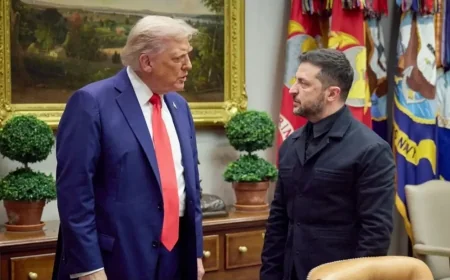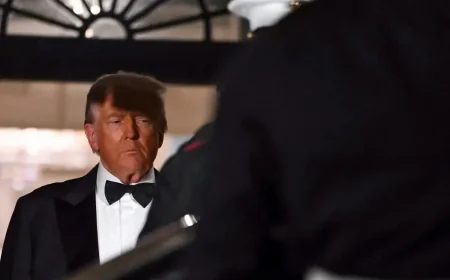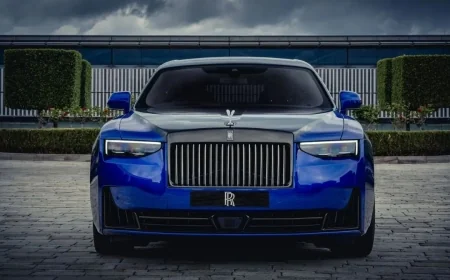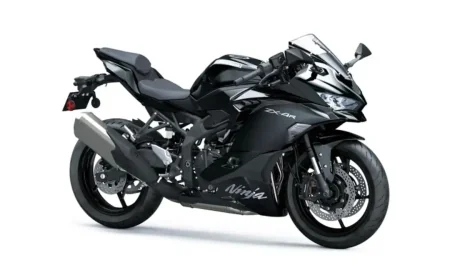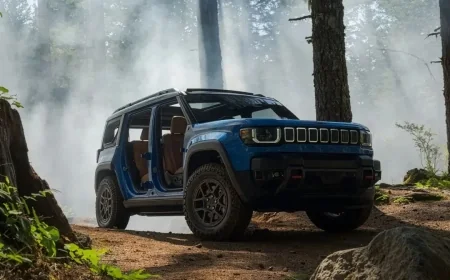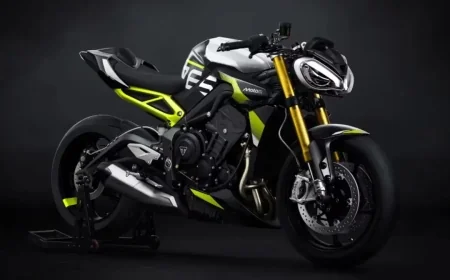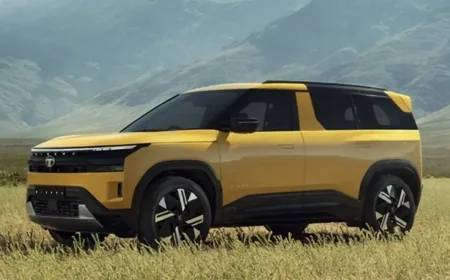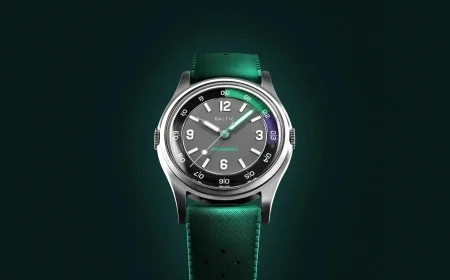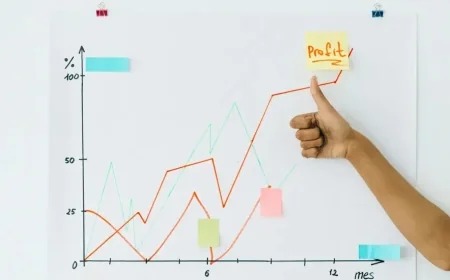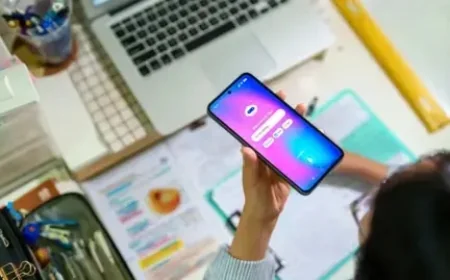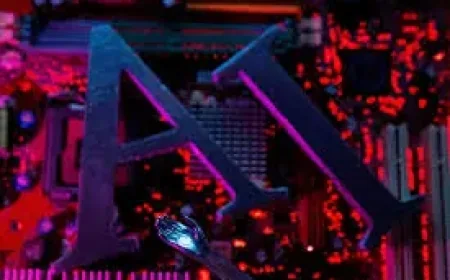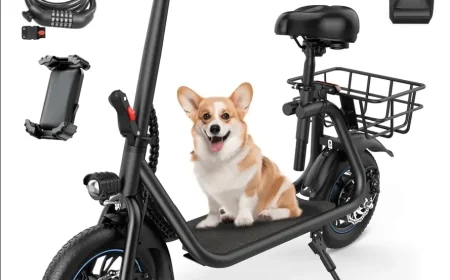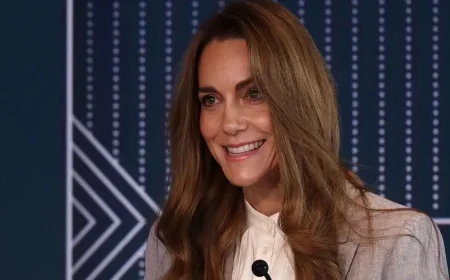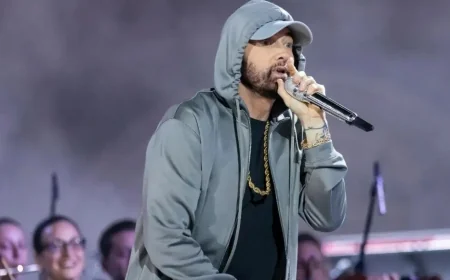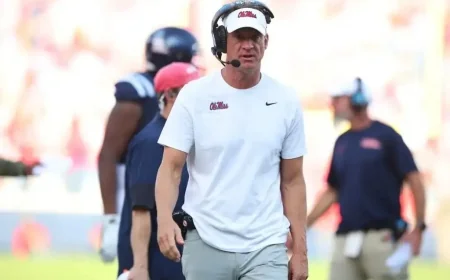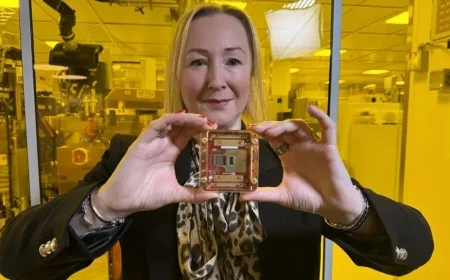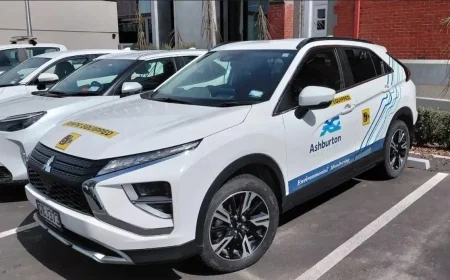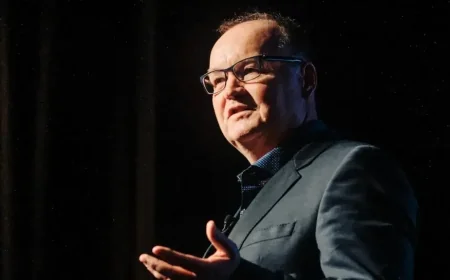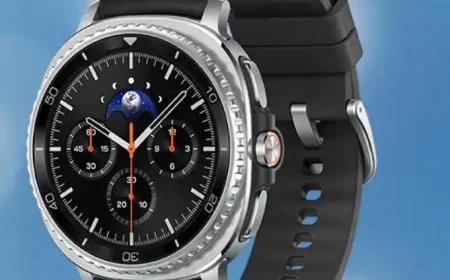But Elon Musk's vision for his humanoid robot, Optimus, is much grander than that.
Since first introducing it at a Tesla showcase in 2022, the tech billionaire has suggested that his company's droid could play a major role in the homes and lives of people around the world.
Along with self-driving robot taxis and Cybertrucks, Musk believes Tesla robots are crucial to gaining a foothold in the artificial intelligence (AI) field.
And the investors who signed off on his $1 trillion (£760 billion) pay package on Thursday seem to agree.
Musk must accomplish several tasks to earn his massive salary, one of which is building one million AI bots over the next decade.
But is Tesla's big bet on humanoid robots based on science fiction or reality?
Huge Potential
Silicon Valley is pushing humanoids.
A report released Friday by Morgan Stanley estimated that Apple, which is reportedly considering these robots, could generate $133 billion annually from them by 2040.
Foxconn is reportedly deploying them at its Nvidia factory in Texas.
The idea of advanced AI in a human-sized enclosure is theoretically a surprisingly powerful combination. It would allow technology to interact with the physical world around it—and yes, that includes us.
While several companies have tried to develop human-like robots for factory and industrial use—such as UK robotics firm Humanoid—some are already looking to incorporate this technology into homes.
Tech firm 1X's much-hyped Neo, scheduled to launch in 2026, can also perform menial tasks like emptying the dishwasher, folding clothes, and bringing you groceries.
It will cost $20,000, but there's a caveat – the WSJ reported that it was actually controlled by a person wearing a virtual reality headset.
Forrester analyst Brian Hopkins said that the declining cost of components, combined with improvements in robot dexterity and artificial intelligence, is helping to make human-like robots viable in a variety of situations.
"From warehouses and restaurants to elder care and security, new use cases are gaining traction fast," he wrote in a blog post.
"If current trajectories hold, humanoid robots could disrupt many physical-service industries significantly by 2030."
Musk previously told investors his robots had "the potential to be more significant than the vehicle business, over time".
He went one step further after his pay package deal was approved on Thursday, saying he believed it could be "the biggest product of all time by far, bigger than cell phones, bigger than anything".
He has also suggested it might boost Tesla's AI ambitions - particularly in advancing artificial general intelligence (AGI) systems capable of matching human abilities.
"Tesla AI might play a role in AGI, given that it trains against the outside world, especially with the advent of Optimus," he wrote on X in 2022.
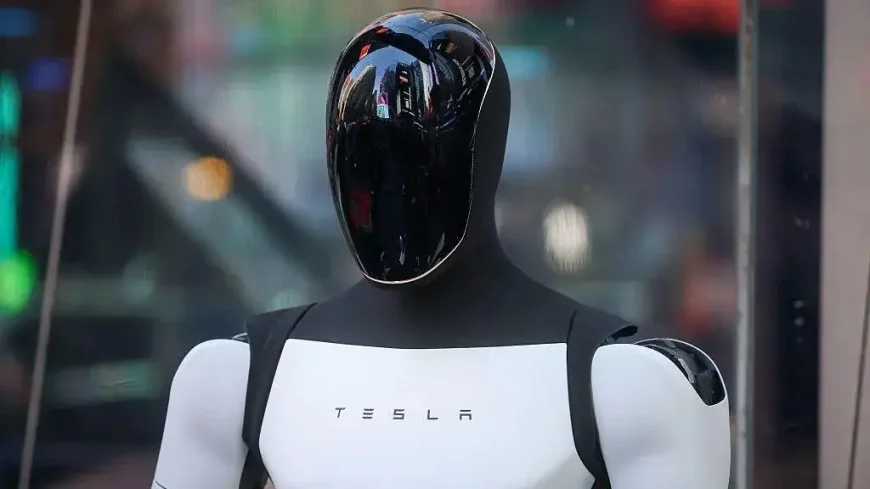
 Like
0
Like
0
 Dislike
0
Dislike
0
 Love
0
Love
0
 Funny
0
Funny
0
 Angry
0
Angry
0
 Sad
0
Sad
0
 Wow
0
Wow
0
